Through images, photography is a visual language more expressive than words. Framing is a potent technique used by photographers to improve their compositions. While physical features like arches, doorways, or trees are when discussing framing, shadows can also be a crucial part of this creative process.
Shadows may give a shot depth, character, and drama by serving as a natural frame that highlights the subject. This article explores the art of framing with shadows in photography and provides examples of how this approach can improve your visual narrative.
To begin with, let’s first understand the concept behind shadow framing.
Concept of Harnessing Shadows for Framing
In photography, the idea of using shadows for framing goes into the skill of contrasting light and darkness to produce visually arresting compositions. Shadows are more than just the lack of light; they can change a picture by bringing depth, contrast, and an air of mystery. Shadows can operate as a natural canvas when used intelligently, subtly, or dramatically, enveloping the subject in their cryptic embrace.
Photographers who master the subtleties of shadow framing can use it to direct the viewer’s gaze, elicit feelings, and enhance the narrative potential of their photos. Photographers can move beyond the literal and into artistic interpretation by embracing shadows as essential elements of their compositions, weaving stories beyond the frame.
Knowing that shadows have unique shapes and textures is essential to understanding shadow framing—the dynamic interactions between these characteristics, the topic, the background shape, and the visual impact. The interaction of light and shadow gives the image a three-dimensional quality that can turn a routine picture into an emotional scene.
Harnessing Shadows for Subtle Elegance
It is possible to use shadows to frame the subject delicately and elegantly. Imagine a painting of a person leaning against a window, the light from the window illuminating the wall and producing a soft shadow. When skillfully crafted, this shadow can be a delicate framing that highlights the person while preserving a sense of serenity. The peaceful change from light to shade lends the composition elegance and creates a pleasing interaction between the subject and the background.
Dynamic Framing and Dramatic Contrasts
On the other hand, shadows can produce striking contrasts that demand attention. Look at a landscape photo taken during the “golden hour,” when the sun is low in the sky and the beach is full in lengthy shadows. These elongated shadows may successfully frame the image’s focal point as they expand toward it amid the dynamic interaction of light and dark. This method draws attention to the subject and gives the scene a feeling of motion and vitality.
Using Negative Space to Improve Framing
Shadows also intensify negative space, or the area around the subject, to produce arresting frames. A minimalist composition with the subject placed purposely against a distinct shadow can provide an intriguing image. For instance, a lone tree standing before a long shadow at sunset can inspire feelings of solitude and introspection. The subject’s privacy is mainly by the negative space created by the shadow, which serves as a frame and invites viewers to consider the scene’s emotional impact.
Framing in Photography Using Shadows: Brilliant Examples
There are multiple examples of framing in Photography, but a few are listed below:
- Imagine a camera capturing a musician playing on a dimly lit stage. The chance to frame the musician within the shadow of the spotlight highlights their presence and lends a sense of mystery to the composition through the dance of light and shadow.
- Another example of framing in photography is illustration. Intricate shadow patterns can be created on the inner walls of an old building by the sun’s complex patterns as it filters through the latticed windows. The photographer can construct a frame that highlights the architectural characteristics and brings a human aspect to the image by carefully placing a subject within these shadows.
- The dappled shadows beneath a thick forest canopy can be used as a frame in nature photography to showcase a delicate blossom or a little creature. This method used the shadow frame to highlight the subject’s attractiveness while showcasing it in its natural habitat.
Conclusion
All in all, the skillful use of shadows to frame things in photography adds a new level of aesthetic complexity, turning ordinary images into engaging visual stories.
Shadows are excellent natural canvases for photographers to create compositions because of their ethereal dance between light and darkness. Shadows are versatile and may enhance compositions and elicit strong feelings from viewers, regardless of whether the artist uses subtlety, drama, or a minimalist approach.
Photographers can explore the potential of shadow framing by paying close attention to how light and shadow interact. It allows viewers to explore and engage with the stories within the frame. Shadows play a crucial part in directing our eyes and hearts through the mesmerizing realm of photography in this dance between the seen and the unseen.
Frequently Asked Questions
Should I Constantly Frame with Dark, Dramatic Shadows?
No, what you want to portray in terms of mood and plot will determine whether you use heavy or subtle shadows. While powerful shadows can offer intensity and contrast, subtle shadows can add elegance and depth. Try depth methods to discover which fits your creative vision the best.
How Can I Modify the Way Shadows Appear in My Pictures?
The direction of the light source has an impact on how shadows are. You can modify the shape by altering the light source’s height and angle. Try several lighting configurations to get the desired shadow shapes to improve your frame.
Can Shadow Framing Be Improved with Post-Processing Software?
Yes, you may find the effect of shadows in your photographs using post-processing tools like adobe lightroom or Photoshop. You can improve the frame effect by altering the contrast, brightness, and shadow levels. It’s crucial to find a balance to keep a natural appearance.

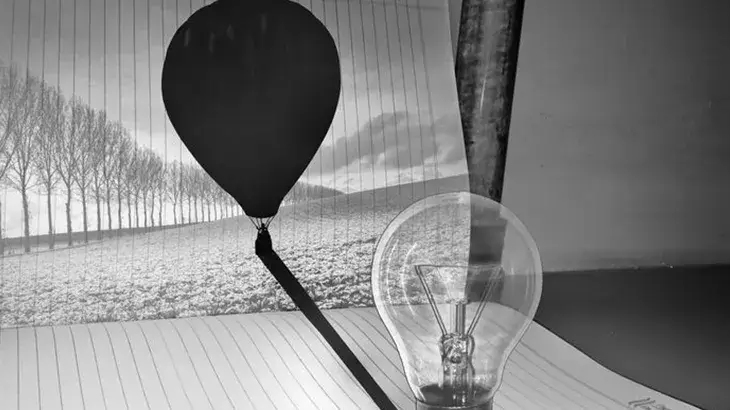
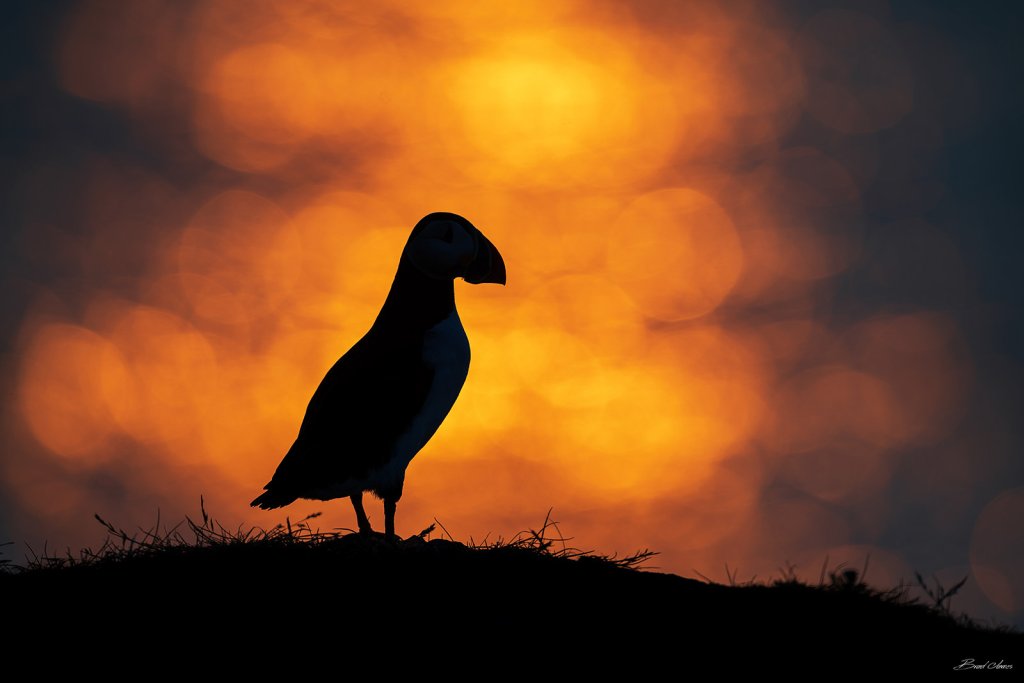
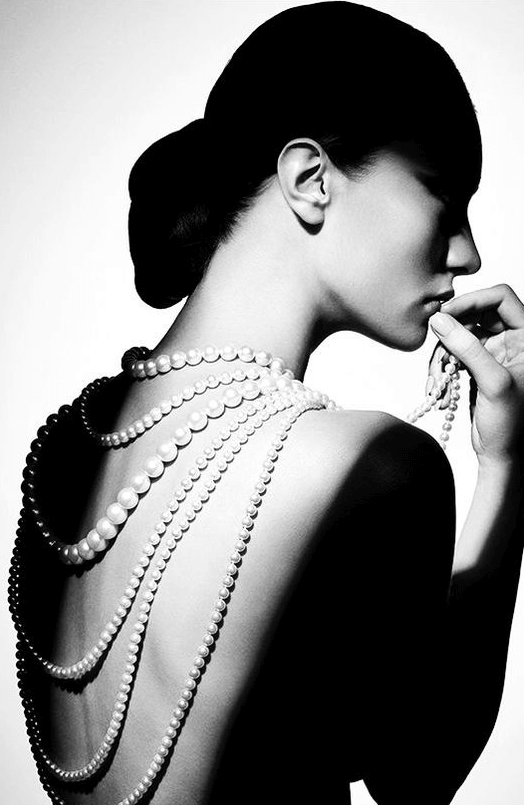
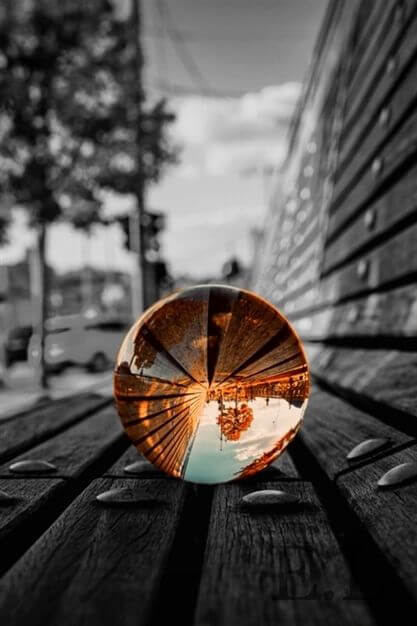
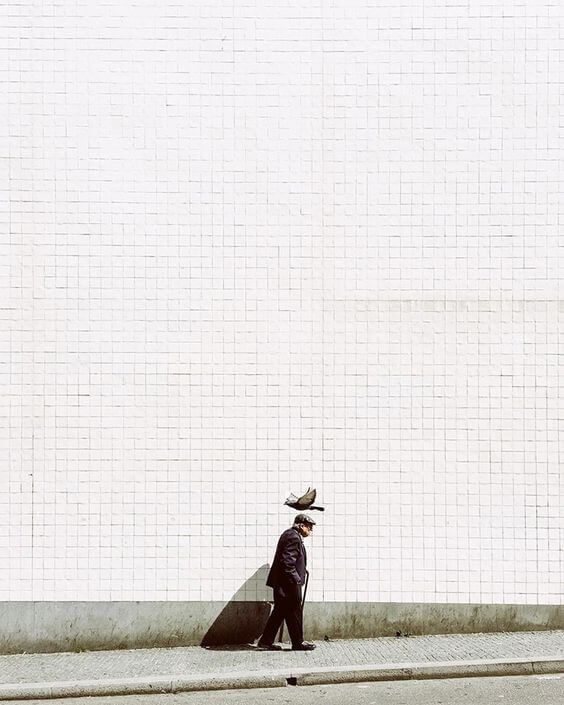
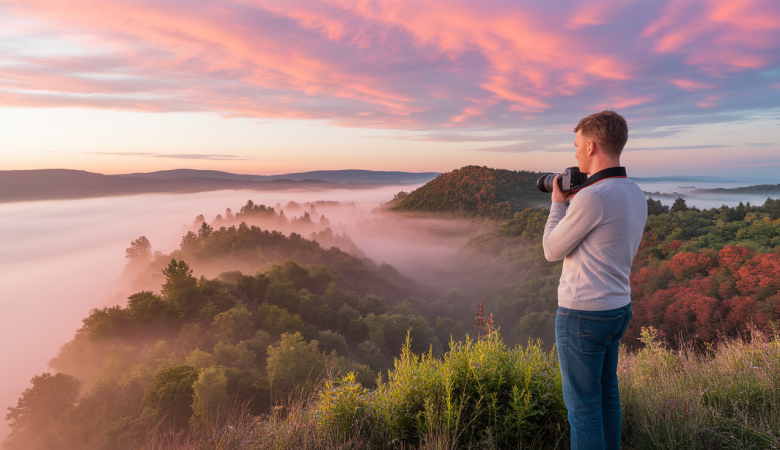
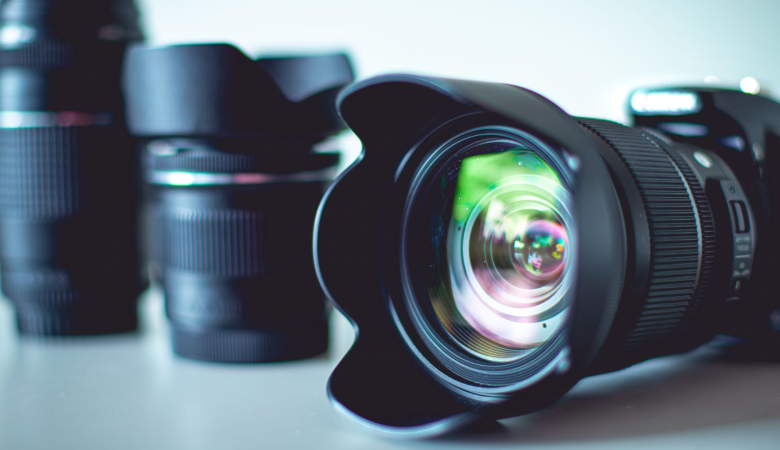
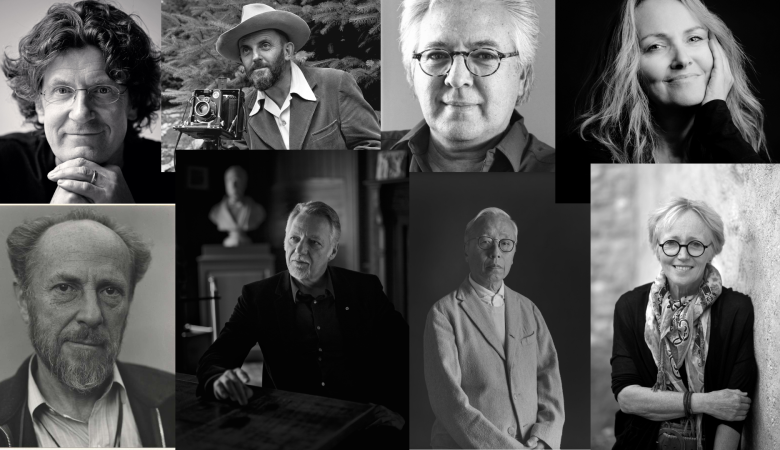
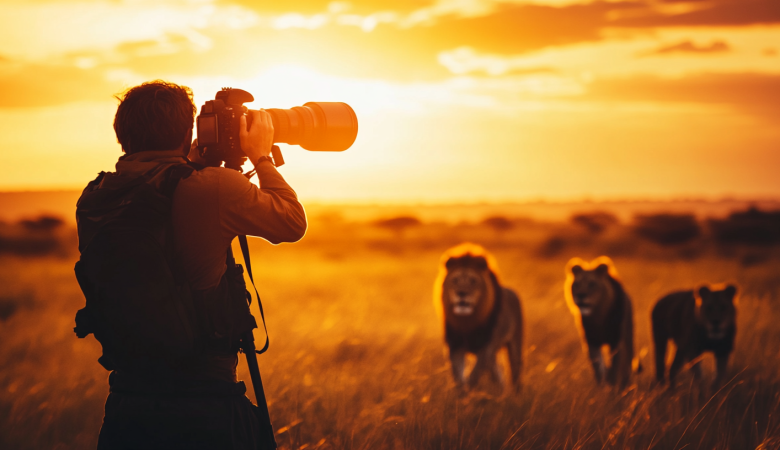
Leave a Reply